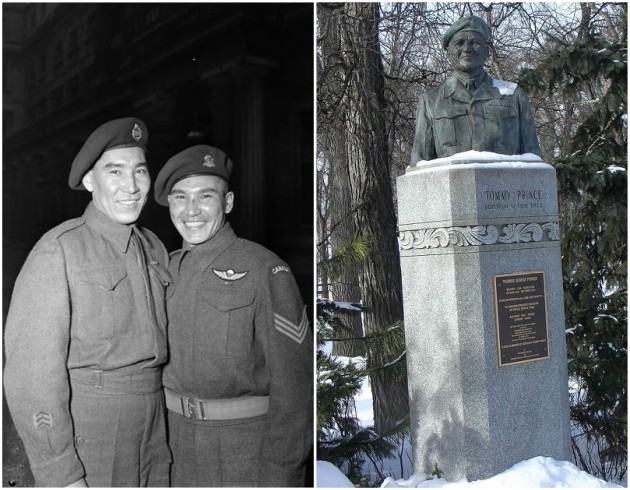Tommy Prince was born on October 25, 1915, in Petersfield, Manitoba. He was one of the eleven children, and a descendant of Peguis, the Salteaux Chief.
When he was five years old, his family moved from Manitoba to Brokenhead Indian Reserve in Scanterbury. It was there that his father taught him to track and shoot, both skills he excelled at.
He wanted to join the Canadian military and he applied several times, but he was rejected, most likely due to the discrimination that Aboriginal people faced at that time. Finally, after many attempts, his application was accepted at the beginning of the World War II.
Even before he was accepted he was an expert in wilderness survival tracking, and could travel long distances without food or rest. In the military, he perfected his already top-notch skills with a rifle. In June 1940, he volunteered to be a paratrooper.
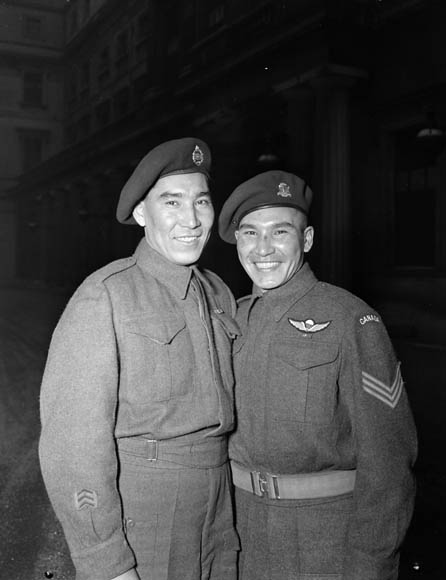
The training regime for the paratrooper was extremely tough, and not many of the applicants managed to complete it. From hundred applicants only nine passed the training and Tommy Prince was one of them. He would go on to become an excellent paratrooper.
Tommy Prince had a natural instinct for “ground.” He could move almost completely silently through any terrain, and crawl on his belly through thick underbrush faster than normal people could walk.
It didn’t take a long time for Prince to be promoted to Lance Corporal as a result of his impressive skills, and soon afterwards he was promoted again to sergeant. Later, he would become one of 1600 “toughest men to be found on the North American continent” when he joined the “Green Berets.”
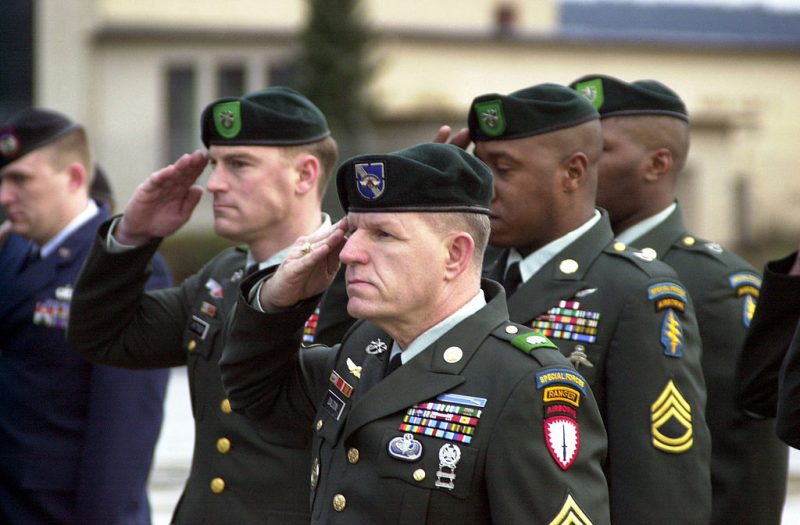
In The First Special Service Force, (known as “the Devils Brigade”) he was trained in unarmed combat and demolitions, as well as mountain and ski fighting.
Their first mission was on an island near Alaska, and then the group was sent to Italy. Their mission in Italy was to get behind enemy lines and attack an impenetrable mountain fortress at night, killing everyone inside. Because of his contributions to the group and in recognition of his unique abilities, he was made reconnaissance sergeant.
Because of his pair of moccasins, he was so quiet and at night that he would go toward the enemy lines and listen to the Germans, before reporting to his battalion commander undetected.
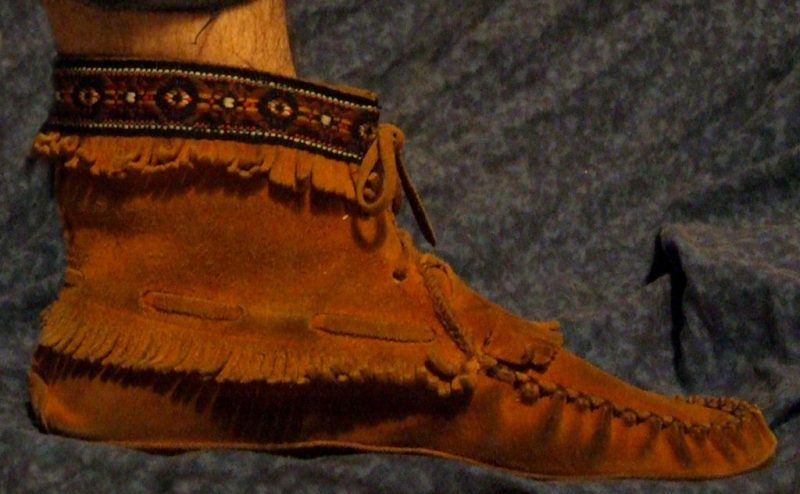
He volunteered to run radio wire 1500 meters into enemy territory and established an observation post. From there he was able to watch enemy troop movements and radio back their exact locations to the Allies. With his help, the Allied artillery managed to annihilate four enemy positions.
When the line was cut by enemy he dressed up as Italian farmer and, pretending he was working in the field, managed to fix the line. For this act of bravery Lieutenant-Colonel, Gilday recommended him for the Military Medal for “exceptional bravery in the field.”
Tommy Prince, accompanied by only one other man, breached the enemy line and located the reserve encampment. Because of him and his comrade, the Allies were able to attack the encampment and win the battle. For his bravery, Prince was awarded the Silver Star by the Americans.
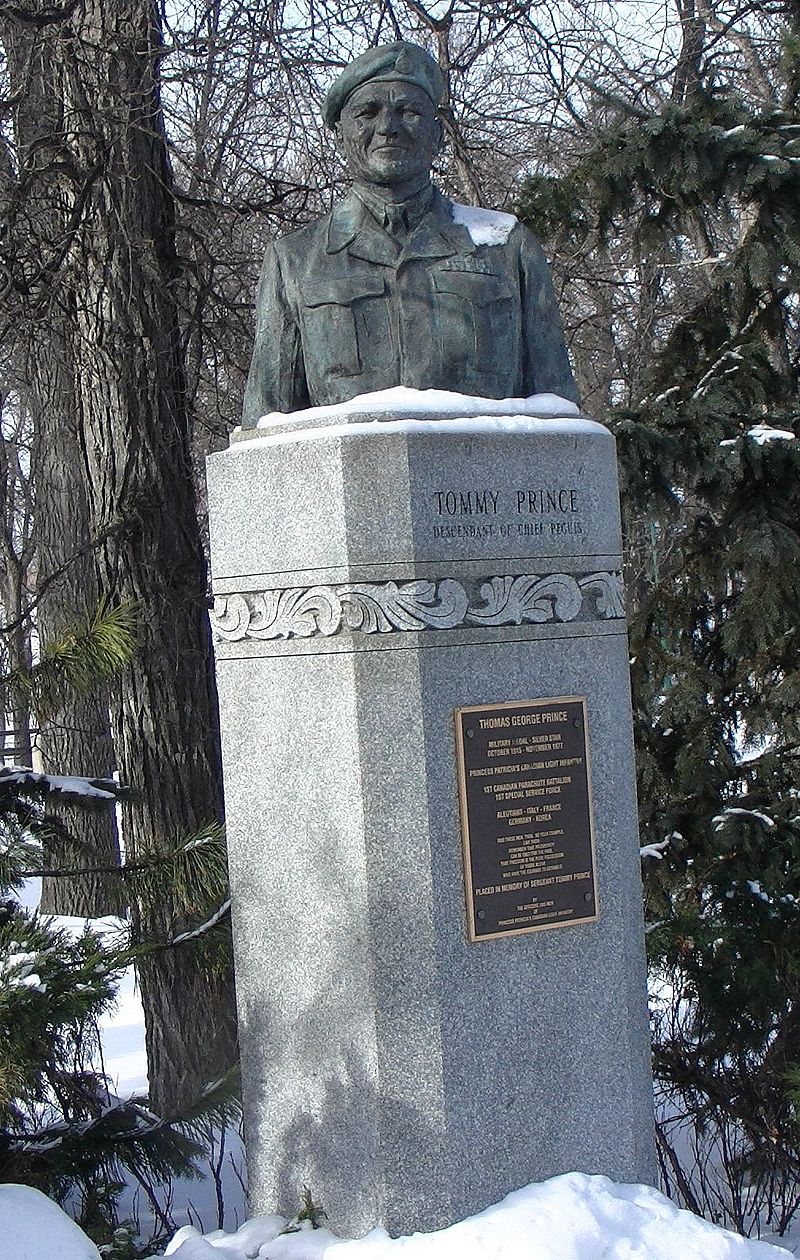
King George VI personally presented the Military Medal and the Silver Star to Tommy Prince . After the war was over, he returned to Canada and was honorably discharged on June 15, 1945. Tommy Prince died on November 1977 at the age of 62.
